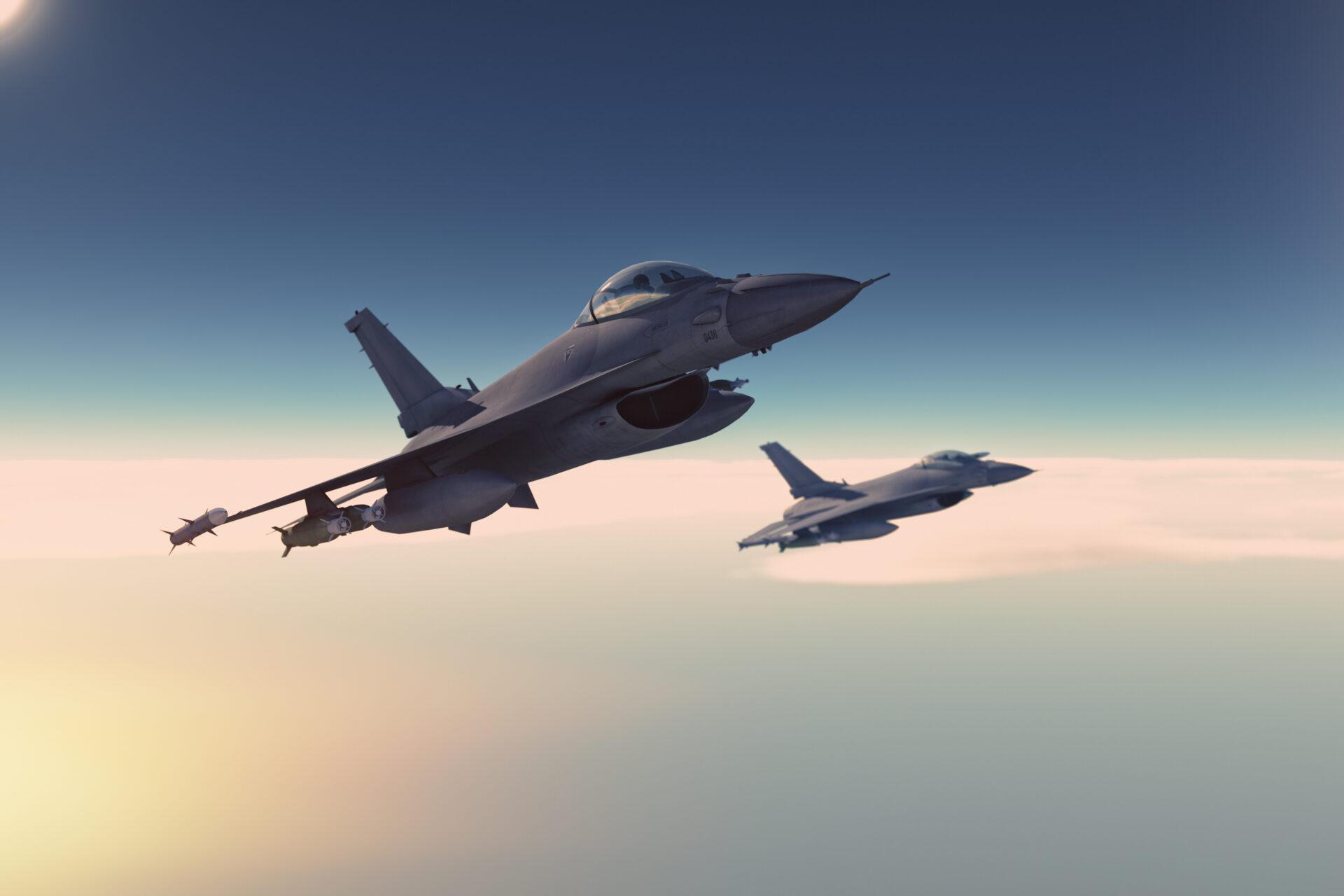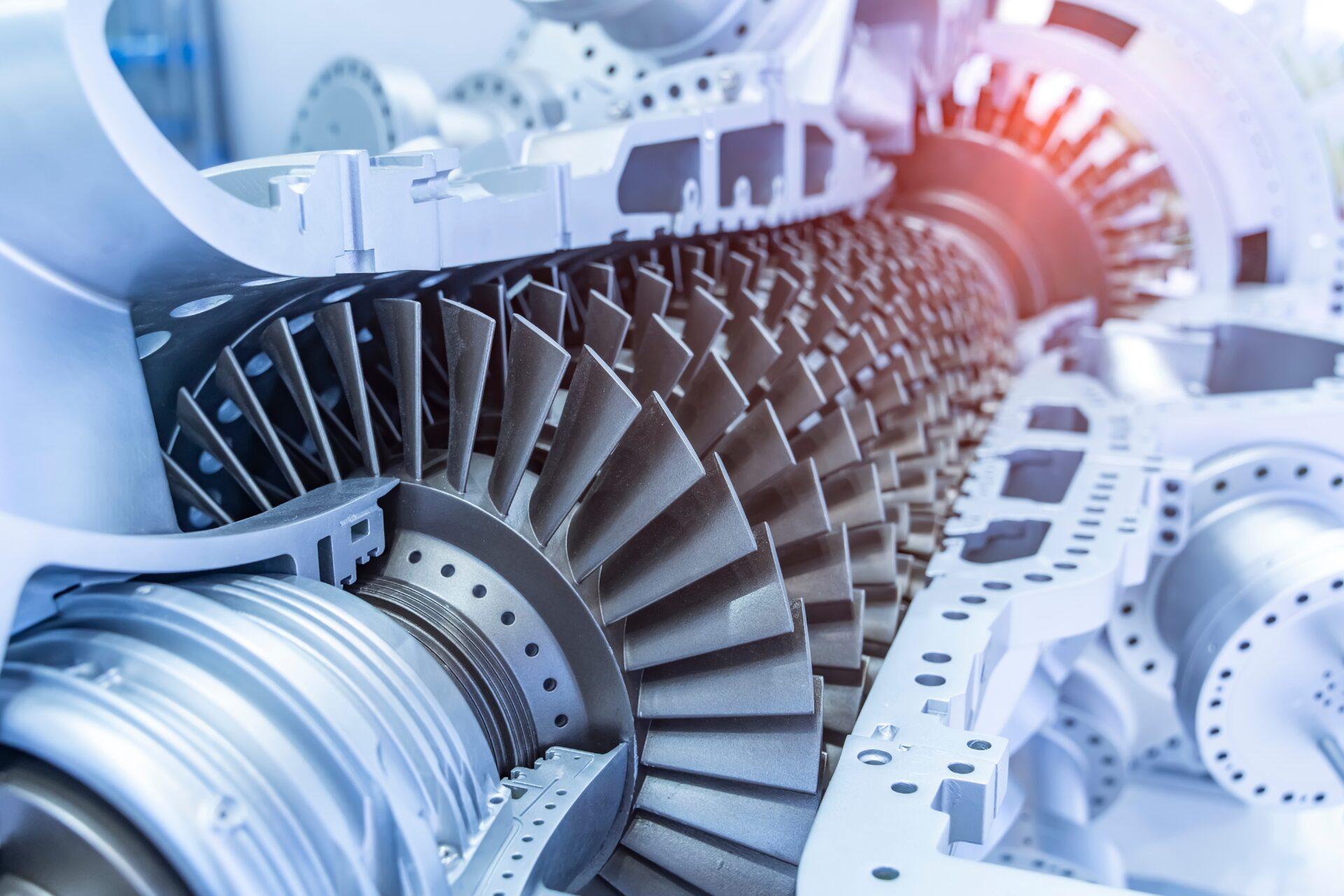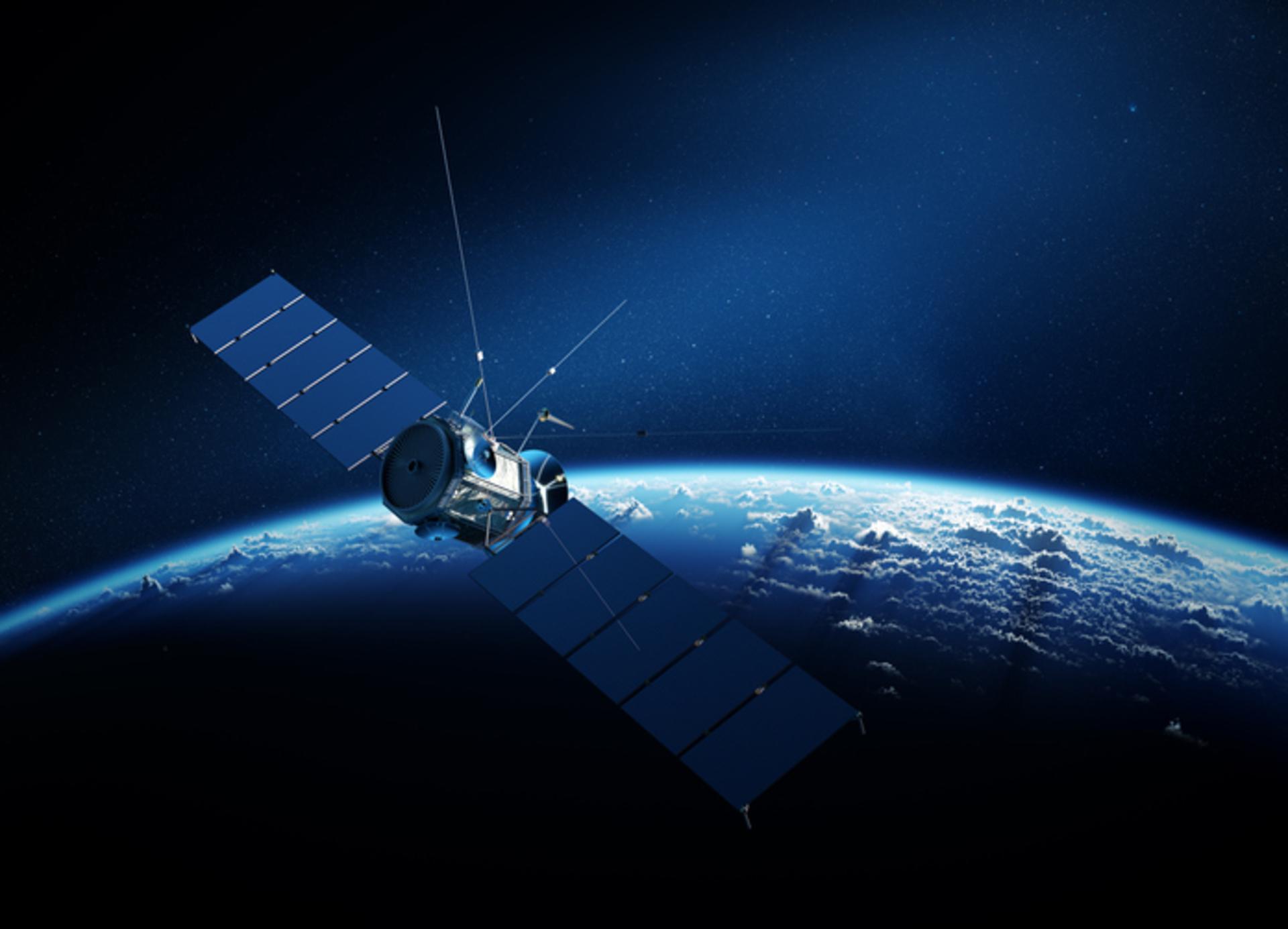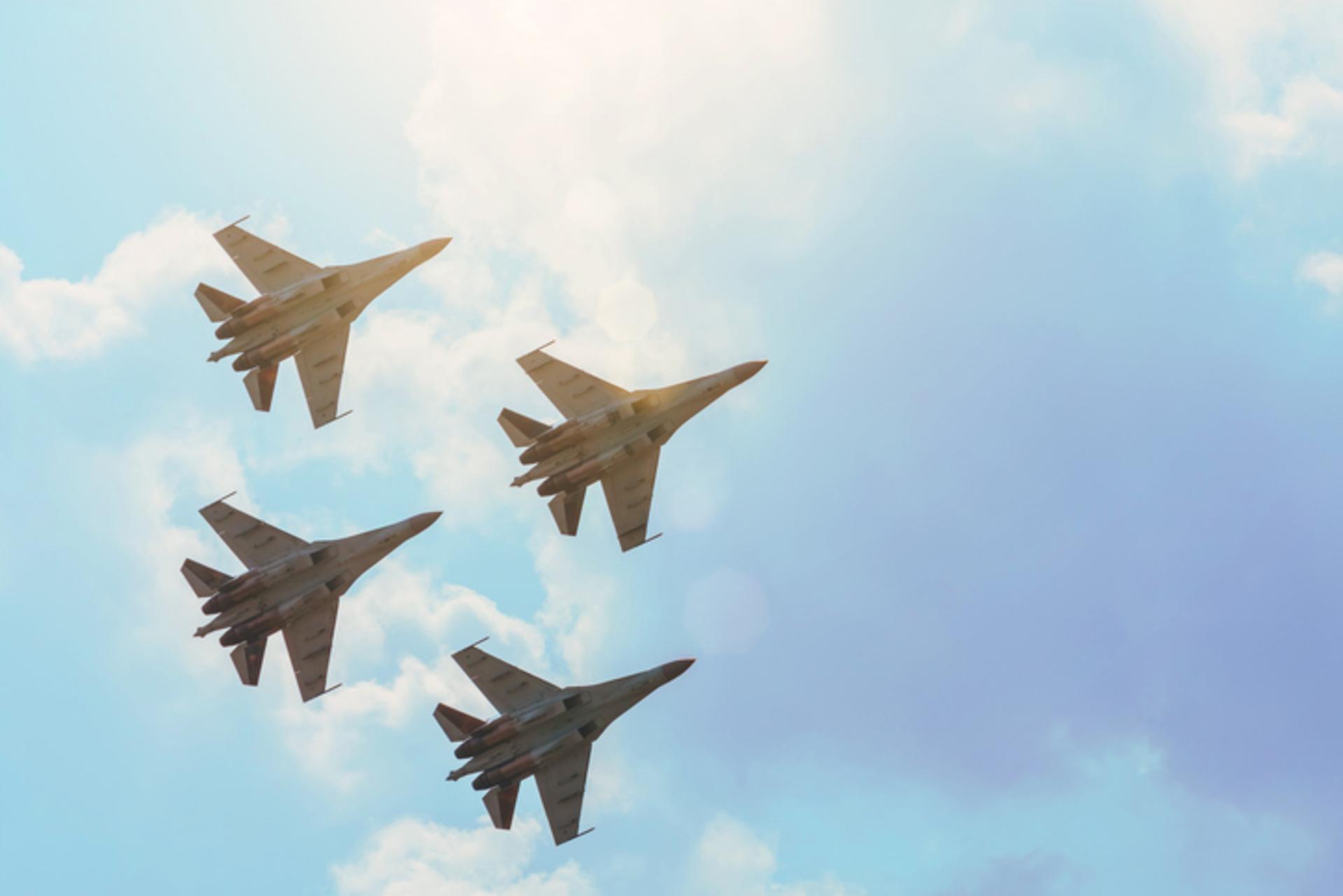Defense and Aerospace

Advanced Coating Technologies for Aerospace and Space Systems
Surface coatings are essential for enhancing the energy efficiency of aerospace and space systems, extending their lifespan, and preserving certain critical resources. IREIS stands out through the development of advanced surface functionalities using thin-film deposition, laser texturing, and powder coating, tailored to cutting-edge technological needs, including:
- Design of head-up displays
- Electrochromic and thermochromic coatings
- Metallization of polymer and composite materials for electromagnetic shielding or dissipation of electric charges in the event of lightning strikes
- Wear, erosion, and icing resistance
- Electromagnetic wave absorption to improve stealth
- Hydrophobic texturing
We also conduct tribological studies to support the development of next-generation aircraft engines. Our test benches are capable of simulating friction phenomena under extreme temperatures (cryogenic cooling) or in high vacuum, accurately reproducing the specific conditions encountered in aerospace and space environments.

Aeronautics
A major and complex challenge faced by the aerospace industry is fretting wear, caused by intense, low-amplitude vibrations. To analyze this phenomenon in depth, IREIS has developed specialized test benches that replicate these specific contact stress conditions in order to develop suitable solutions in terms of materials and surface treatments.
The use of certain composite materials in aerospace can lead to insufficient conduction of electric charges, exposing systems to lightning strike risks. IREIS designs coatings that can be applied to these composite or polymer materials to improve surface electrical conductivity, or to provide electromagnetic shielding properties for other applications.
IREIS also develops coatings with anti-icing functionality, using metals and alloys offering a wide range of heating resistances. These coatings can be applied to various substrates, such as plastics or composite materials.

Space
IREIS test benches stand out for their ability to simulate the extreme operating conditions of systems designed for space missions:
- Vacuum or controlled atmosphere test benches
- Cryogenic cooling systems using liquid nitrogen, enabling temperatures below -200°C
Thanks to this extensive and specialized equipment, IREIS has been frequently involved in developments for space missions. Among its achievements, IREIS designed the coating for the seismic antenna of a rover as part of the ExoMars mission.
A coating process was also developed for the sunshield of the ISO satellite (1.7 meters high and 2 meters in diameter), launched in 1995 by the European Space Agency. This satellite was dedicated to observing mid- and far-infrared radiation.

Defense
IREIS’s expertise also extends to the defense sector, through the development of advanced surface treatments designed to enhance mechanical resistance—particularly against wear and corrosion—as well as tribological properties. Beyond these treatments, IREIS stands out for its mastery of thin-film technologies, which provide major technical advantages in the areas of signature reduction and vision systems. ontinuing in this direction, surface functionalization through laser micro- and nano-texturing offers an innovative approach, enabling ultra-precise modification of materials. This technology opens new perspectives, particularly for tuning wettability, coating texturing, frost resistance, and hydrophobicity—features that are especially strategic in defense applications.